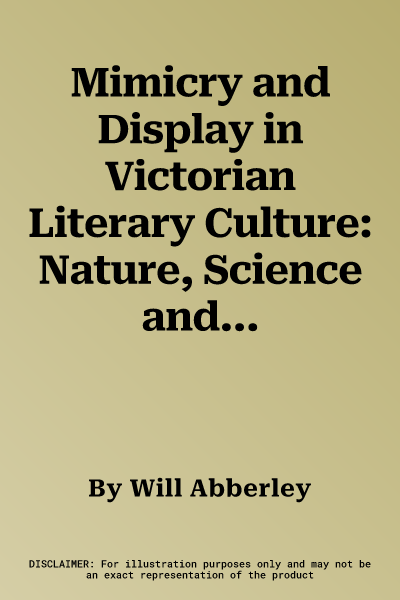Will Abberley
(Author)Mimicry and Display in Victorian Literary Culture: Nature, Science and the Nineteenth-Century ImaginationPaperback, 22 June 2023

Temporarily out of stock
Free Delivery
Cash on Delivery
15 Days
Free Returns
Secure Checkout

Part of Series
Cambridge Studies in Nineteenth-Century Literature and Cultu
Print Length
309 pages
Language
English
Publisher
Cambridge University Press
Date Published
22 Jun 2023
ISBN-10
1108725767
ISBN-13
9781108725767
Description
Product Details
Author:
Book Format:
Paperback
Date Published:
22 June 2023
Genre:
British
ISBN-10:
1108725767
ISBN-13:
9781108725767
Language:
English
Location:
Cambridge
Pages:
309
Publisher: